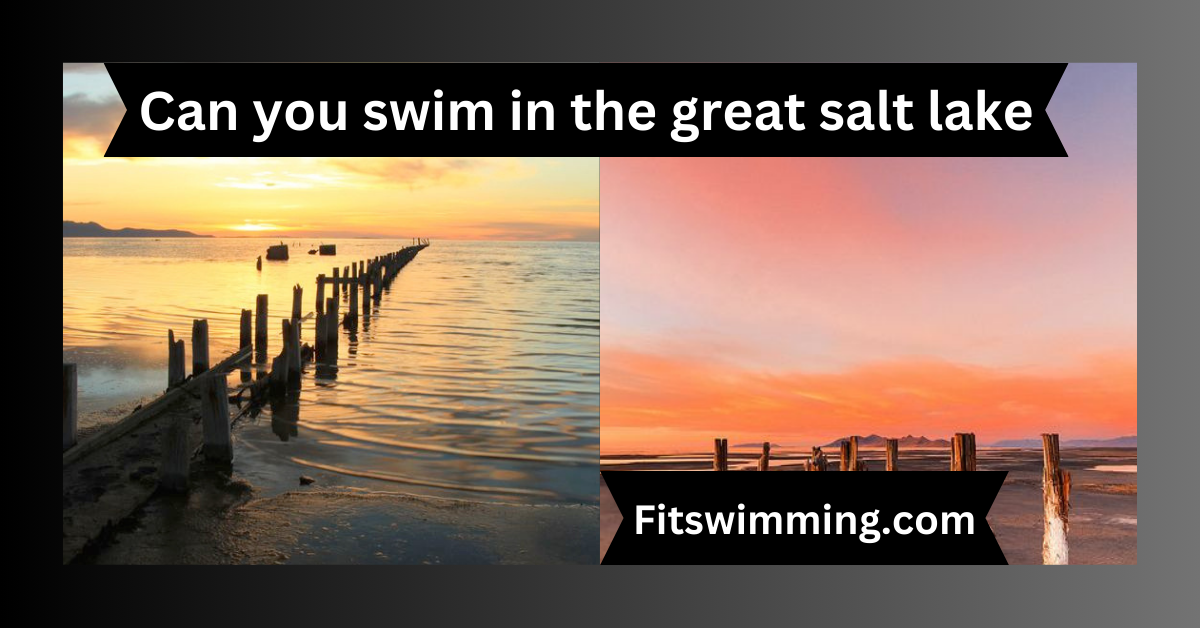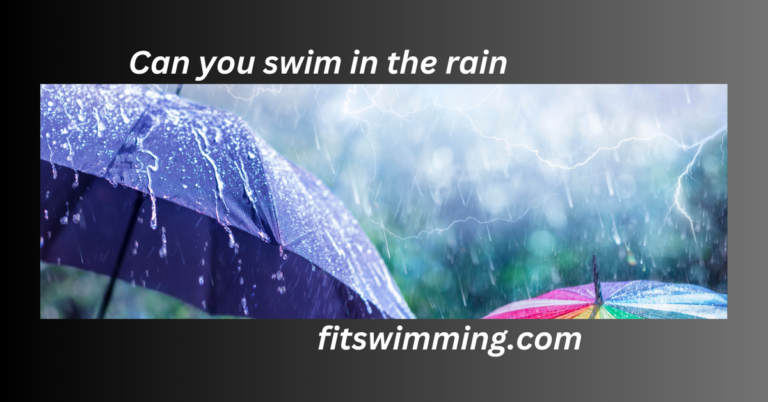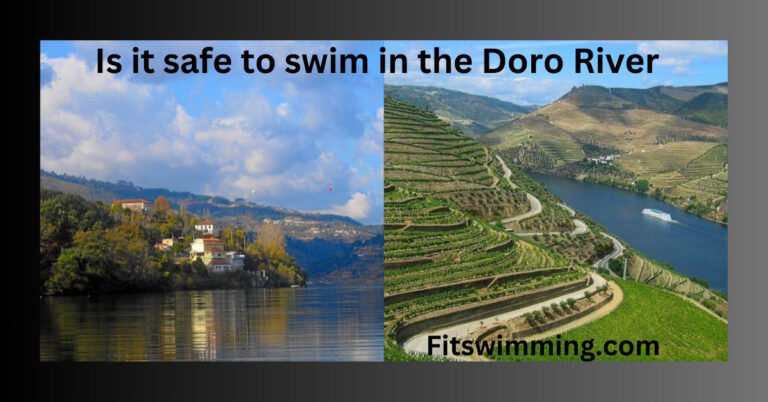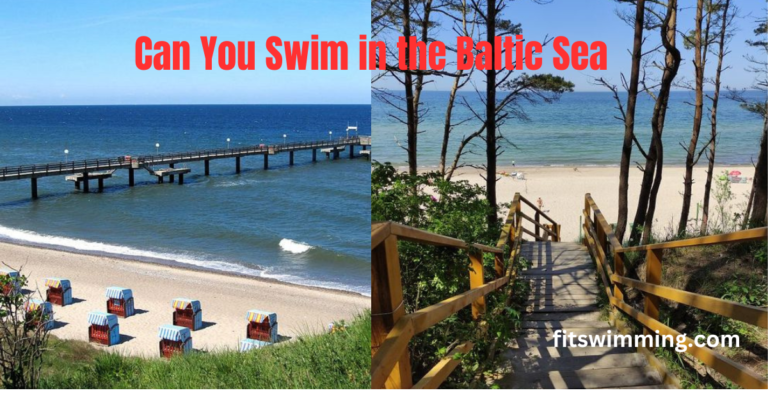Can You Swim in the Great Salt Lake? History & Information
When people think of swimming, they often picture a clear, fresh day in the ocean. But what about swimming in a lake known for its high salt content? Have you ever wondered if “can you swim in the great salt lake“? The Great Salt Lake in Utah is a unique natural wonder, and swimming in it is an experience like no other. But is it even possible? Let’s dive into everything you need to know about swimming in the Great Salt Lake.
What is the Great Salt Lake?
The Great Salt Lake is a huge saltwater lake in northern Utah, USA. It is the biggest saltwater lake in the Western Hemisphere and one of the saltiest lakes in the world. The lake is a remnant of the prehistoric Lake Bonneville, which was a vast freshwater lake that covered much of the western United States during the last Ice Age. When Lake Bonneville shrank, the Great Salt Lake was left behind.
History of Great Salt Lake
The Great Salt Lake, a remnant of the prehistoric Lake Bonneville, has a rich and intriguing history that dates back to the last Ice Age. A long time ago, Lake Bonneville covered a big part of the western United States. Then, about 14,500 years ago, it started to go away, and smaller lakes were left behind, like the Great Salt Lake. Indigenous peoples, including the Shoshone and Ute tribes, have long been familiar with the lake’s unique characteristics.
European explorers first documented it in the early 19th century, with Jim Bridger being among the first to reach its shores in 1824. The lake’s high salinity puzzled early explorers and settlers, who marveled at its buoyancy and mineral-rich waters.

Can You Swim in the Great Salt Lake
Yep, you can swim in the Great Salt Lake, and it’s a memory you’ll keep. The water has a lot of salt, so you can easily float on it without much effort. Imagine lying back in the water and feeling like you’re on a comfortable, floating bed – that’s what swimming in the Great Salt Lake is like.
It’s important to manage your expectations. The lake’s high salinity means the water can feel quite different from what you’re used to. It’s much denser and can feel a bit oily. Plus, the salty water can sting if you have any cuts or abrasions, and it’s best to avoid getting it in your eyes.
Benefits and Challenges of Swimming in the Great Salt Lake
Benefits
Buoyancy: As mentioned, the buoyancy is a major draw. It’s nearly impossible to sink, which can be a fun and novel experience.
Mineral-Rich Water: The minerals in the lake are believed to have therapeutic properties, which might benefit your skin.
Scenic Beauty: The Great Salt Lake is surrounded by stunning landscapes, making it a beautiful spot for a swim.
Challenges
High Salinity: The salt can be harsh on your skin and eyes. It’s a good idea to wash off with clean water right after you finish swimming.
Temperature: Depending on the time of year, the water can be quite cold, although summer months typically offer more comfortable temperatures. Brine Flies and Odor: The Lake is home to brine flies and has a unique smell due to its high salt content and the presence of microbialites (a type of algae).
Can I Float in the Great Salt Lake
Yep, you can float in the Great Salt Lake. The lake’s extremely high salt content makes the water very buoyant, allowing you to float effortlessly. This special feeling is one of the biggest reasons people visit the Great Salt Lake. It feels a lot like floating in the Dead Sea. Don’t let the salty water touch your eyes, and after you swim, wash yourself with clean water to get rid of the salt on your skin. Read about Burney Falls swimming to get more knowledge.
Conclusion:
Swimming in the Great Salt Lake is special because you get to enjoy the beautiful surroundings while floating easily in the water. While it has its challenges, with proper preparation, you can enjoy a safe and memorable swim. So, next time you’re in Utah, take a dip in the Great Salt Lake and float your cares away!
FAQ’s
Yes, the Great Salt Lake is safe to swim in, but there are some considerations to keep in mind. The water has a lot of salt, so it makes you float easily, which can be a fun and different feeling. However, the salinity can cause minor skin irritation and sting any open cuts, and water after swimming to remove the salt from your skin.
Yes, the Dead Sea is saltier than the Great Salt Lake. The Dead Sea has a salinity of about 34%, making it one of the saltiest bodies of water in the world, whereas the Great Salt Lake’s salinity ranges from 5 to 27%. The higher salt concentration in the Dead Sea makes it even more buoyant and challenging for most aquatic life to survive compared to the Great Salt Lake.
The Great Salt Lake is relatively clean in terms of pollutants, but its high salinity and presence of algae and brine shrimp can affect water clarity and quality. While the lake is generally safe for recreational activities, swimmers might find the water’s saltiness and unique ecosystem unusual.
The Great Salt Lake isn’t very deep. On average, it’s about 16 feet deep, which is around the height of a two-story building. The deepest parts of the lake can reach up to 33 feet (10 meters).







